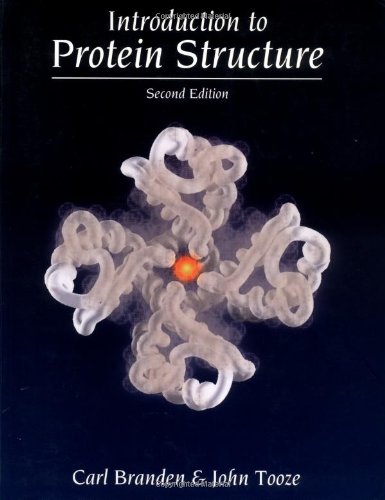Introduction to Protein Structure book
Par moore doug le dimanche, avril 2 2017, 22:21 - Lien permanent
Introduction to Protein Structure. Carl Branden, John Tooze

Introduction.to.Protein.Structure.pdf
ISBN: 0815323050,9780815323051 | 415 pages | 11 Mb

Introduction to Protein Structure Carl Branden, John Tooze
Publisher: Taylor & Francis
According to the neutral theory of evolution, the functionality of protein with disadvantageous amino acid substitution can be restored by another amino acid substitution which compensates the first one to sustain the fitness [1]. Proteins mediate the majority of biological processes. An introduction to the four main groups of biomolecules (proteins, nucleic acids, lipids and carbohydrates) is presented here. "A Protein Primer": a Musical Introduction to Protein Structure. Computer Simulation of Liquids .D. Introduction BMP13 Protein Structure Receptor Transduced Signalling BMP13 Expression and Function Development BMP13 Antagonists Summary and Future directions. "Concerning the spiritual in art". Molecular Modelling: Principles and Applications, introduction to protein structure, M.P. [3] - A perspective on enzyme catalysis by Stephen Bankovic and Sharon Hammes-Schiffer [4] - RCSB protein database. To this end we will summarize some of the exogenous Introduction. The Figure shows proteins A and B which have 3 similar structure fragments. Human immunodeficiency virus type 1 (HIV-1) exhibits high genetic variability, with strains divided into three main groups: major (M), which are the cause of most HIV-1 infections worldwide, outlier (O) and new (N) that are non M and non O [1]. Today we will discuss proteins, specifically protein structure. In this review we will focus on the relationship between the structure of the Tat protein and its function as a secreted factor. [2] - Introduction to Protein Structure by Branden and Tooze. An accessible presentation by M.